I have some manipulation in Google Earth Engine, for example:
// Load a cloudy Landsat scene and display it.
var cloudy_scene = ee.Image('LANDSAT/LC8_L1T_TOA/LC80440342014269LGN00');
Map.centerObject(cloudy_scene);
Map.addLayer(cloudy_scene, {bands: ['B4', 'B3', 'B2'], max: 0.4}, 'TOA', false);
// Add a cloud score band. It is automatically called 'cloud'.
var scored = ee.Algorithms.Landsat.simpleCloudScore(cloudy_scene);
// Create a mask from the cloud score and combine it with the image mask.
var mask = scored.select(['cloud']).lte(20);
// Apply the mask to the image.
var masked = cloudy_scene.updateMask(mask);
And now I want to export result (masked) to google drive using method Export.image.toDrive, but I don't known how to specify parameter region to meet the same as original image LANDSAT/LC8_L1T_TOA/LC80440342014269LGN00 is.
Please help me construct this region.


